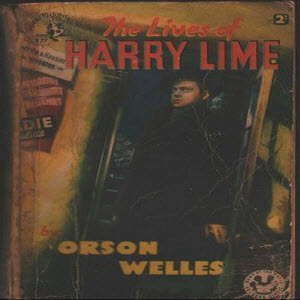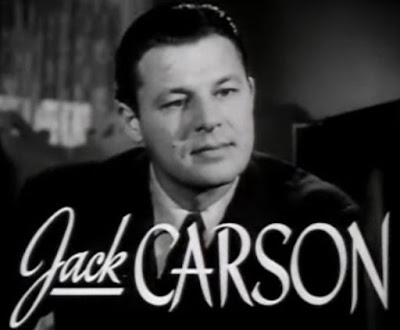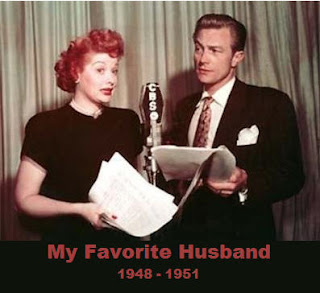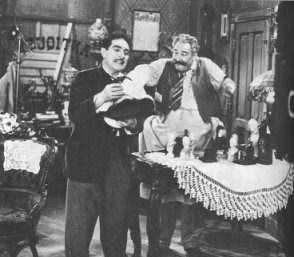 The Lives of Harry Lime (original British title The Adventures of Harry Lime) was an old-time radio program produced in London, England during the 1951 to 1952 season.
The Lives of Harry Lime (original British title The Adventures of Harry Lime) was an old-time radio program produced in London, England during the 1951 to 1952 season.
Orson Welles reprized his role of Harry Lime from the celebrated 1949 film adaptation of Graham Greene's novel The Third Man. The radio series is a "prequel" to the film, and depicts the many misadventures of con-artist Lime in a somewhat lighter tone than the character's villainy in the film.
Most episodes would begin with "The Third Man Theme" being played, abruptly cut off by an echoing gunshot. Then Welles would speak:
"That was the shot that killed Harry Lime. He died in a sewer beneath Vienna, as those of you know who saw the movie The Third Man. Yes, that was the end of Harry Lime ... but it was not the beginning. Harry Lime had many lives ... and I can recount all of them. How do I know? Very simple. Because my name is Harry Lime."
Although often cited as a BBC production, the series was one of a number produced and distributed independently by the prolific Harry Alan Towers. Only sixteen of the episodes were acquired and broadcast by the BBC in the UK. It was the first time that the BBC broadcast episodes of a dramatic series that it did not produce. The full series was syndicated to radio stations in the U.S.
All The Lives of Harry Lime (HQ Set).zip
Singles
Harry_Lime_51-08-03_01_Too_Many_Crooks.mp3
Harry_Lime_51-08-10_02_See_Naples_and_Live.mp3
Harry_Lime_51-08-17_03_Clay_Pigeon.mp3
Harry_Lime_51-08-24_04_Ticket_to_Tangier.mp3
Harry_Lime_51-08-31_05_Voodoo.mp3
Harry_Lime_51-09-07_06_Bohemian_Star.mp3
Harry_Lime_51-09-14_07_Love_Affair.mp3
Harry_Lime_51-09-21_08_Rogues_Holiday.mp3
Harry_Lime_51-09-28_09_Work_of_Art.mp3
Harry_Lime_51-10-05_10_Operation_Music_Box.mp3
Harry_Lime_51-10-12_11_Golden_Fleece.mp3
Harry_Lime_51-10-19_12_Blue_Bride.mp3
Harry_Lime_51-10-26_13_Every_Frame_Has_a_Silver..>
Harry_Lime_51-11-02_14_Mexican_Hat_Trick.mp3
Harry_Lime_51-11-09_15_Art_Is_Long_and_Lime_Is_..>
Harry_Lime_51-11-16_16_In_Pursuit_of_a_Ghost.mp3
Harry_Lime_51-11-23_17_Horse_Play.mp3
Harry_Lime_51-11-30_18_3_Farthings_for_Your_Tho..>
Harry_Lime_51-12-07_19_The_Third_Woman.mp3
Harry_Lime_51-12-14_20_An_Old_Moorish_Custom.mp3
Harry_Lime_51-12-21_21_Its_a_Knockout.mp3
Harry_Lime_51-12-28_22_Two_Is_Company.mp3
Harry_Lime_52-01-04_23_Cherchez_La_Gem.mp3
Harry_Lime_52-01-11_24_Hand_of_Glory.mp3
Harry_Lime_52-01-18_25_Double_Double_Cross.mp3
Harry_Lime_52-01-25_26_5000_Pengoes_and_a_Kiss.mp3
Harry_Lime_52-02-01_27_Dark_Enchantress.mp3
Harry_Lime_52-02-08_28_Earl_on_Troubled_Waters.mp3
Harry_Lime_52-02-15_29_Dead_Candidate.mp3
Harry_Lime_52-02-22_30_Its_in_the_Bag.mp3
Harry_Lime_52-02-29_31_Hyacinth_Patrol.mp3
Harry_Lime_52-03-07_32_Turnabout_Is_Foul_Play.mp3
Harry_Lime_52-03-14_33_Violets_Sweet_Violets.mp3
Harry_Lime_52-03-21_34_Faith_Lime_and_Charity.mp3
Harry_Lime_52-03-28_35_Pleasure_Before_Business..>
Harry_Lime_52-04-04_36_Fools_Gold.mp3
Harry_Lime_52-04-11_37_Man_of_Mystery.mp3
Harry_Lime_52-04-18_38_The_Painted_Smile.mp3
Harry_Lime_52-04-25_39_Harry_Joins_the_Circus.mp3
Harry_Lime_52-05-02_40_Suzies_Cue.mp3
Harry_Lime_52-05-09_41_Vive_Le_Chance.mp3
Harry_Lime_52-05-16_42_Elusive_Vermeer.mp3
Harry_Lime_52-05-23_43_Murder_on_the_Riviera.mp3
Harry_Lime_52-05-30_44_Pearls_of_Bohemia.mp3
Harry_Lime_52-06-06_45_A_Night_in_a_Harem.mp3
Harry_Lime_52-06-13_46_Blackmail_Is_a_Nasty_Wor..>
Harry_Lime_52-06-20_47_The_Professor_Regrets.mp3
Harry_Lime_52-06-27_48_The_Hard_Way.mp3
Harry_Lime_52-07-04_49_Paris_Is_Not_the_Same.mp3
Harry_Lime_52-07-11_50_Honeymoon.mp3
Harry_Lime_52-07-18_51_The_Blue_Caribou.mp3
Harry_Lime_52-07-25_52_Greek_Meets_Greek.mp3


